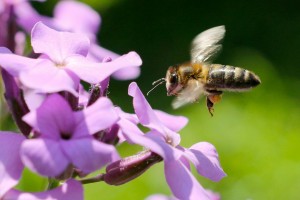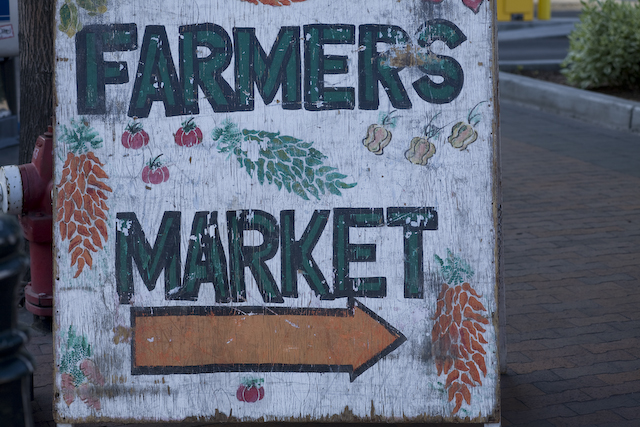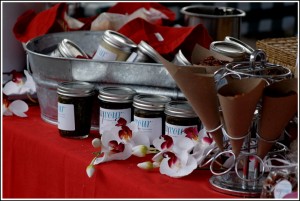In addition to the non-native honeybees, there are over 3,500 species of native bees in the United States. Unfortunately, the population of bees is declining at an alarming rate. In fact, the entire world is experiencing a shortage of bees. Last year, one third of bee colonies in the United States died. The average over the last 10 years is around 40 percent. If we keep losing bees at this rate, there will be devastating consequences to the world’s food supply. Luckily, there are ways to help save the bees.
The Importance of Bees
There isn’t really one cause for the decline in bee populations, but rather an accumulation of causes that includes pesticide use, increasing temperatures, diseases in bees, and habitat loss caused by deforestation and urbanization. The agricultural industry is also to blame due to their elimination of the biodiversity that pollinators rely on for food. Bees are also battling diseases and parasites, such as the varroa mite.
The pollination of plants is one of the most important roles bees play in an ecosystem. The survival of around 80 percent of all flowering plants on Earth relies on pollinators, and that includes the plants humans eat on a daily basis. In fact, bees and other pollinators are responsible for one out of every three bites of food we take.
Researchers have made suggestions for the agricultural industry that will help bees, such as creating more biodiversity by not devoting the majority of farmland to corn and soy. They can also use fewer toxic chemicals to grow crops. You can help bees from your own backyard by planting a pollinator-friendly garden that provides food and shelter for bees, aiding in increasing their population. Bees will return the favor by increasing the health and productivity of your garden and your neighbor’s gardens.
Making Your Garden Bee-Friendly
Choose 10 or more species of bee-preferred plants in your garden, making sure to provide both pollen plants and nectar plants. Use an array of bee-preferred plants to attract a wide variety of bees and opt for plants that are native to your area. Bee season lasts from March through October, so choose a few plants that will bloom during each season of this time period.
Flowers should be planted in large patches of like varieties to allow bees to dine in one spot for long periods of time. Bees thrive in gardens that are not extremely manicured, as solitary bees often prefer to make their nests in the ground. If you prefer the manicured look, leave some areas of dirt exposed for solitary bee nesting or create bee houses. Another option is to create bee nesting areas by filling planters and barrels with soil or sand. Place bee houses and nesting areas where they will be protected from direct sunlight and rain.
Gardening Tips
To help create the perfect garden, be sure to place your garden in the appropriate location of your yard. Most plants require ample sun and plenty of water, so choose a spot with little shade and easy access to the water hose. Instead of watering plants every day, provide one to two inches of water once a week. Keep track of rainfall to avoid overwatering. Instead of using fertilizer, increase the quality of your soil by adding organic compost and well-aged manure. The best way to control weeds is to skip the chemicals and use your hands and a hoe.
In addition to benefiting bees, gardening also has many health benefits for people, such as reducing the level of the hormone cortisol, which in turn lowers stress. Digging around in the dirt can boost your immune system and decrease levels of anxiety, thus boosting your mood. Gardening also provides an excellent workout and reduces the risk of developing dementia.
Creating a bee-friendly garden improves your health, the overall health of your garden, and, most importantly, the health of bees. It’s not just our food that relies on bees. Bees are a part of a healthy ecosystem that works together to provide food and shelter for all animals and insects. Without bees, the entire Earth would suffer immensely.



